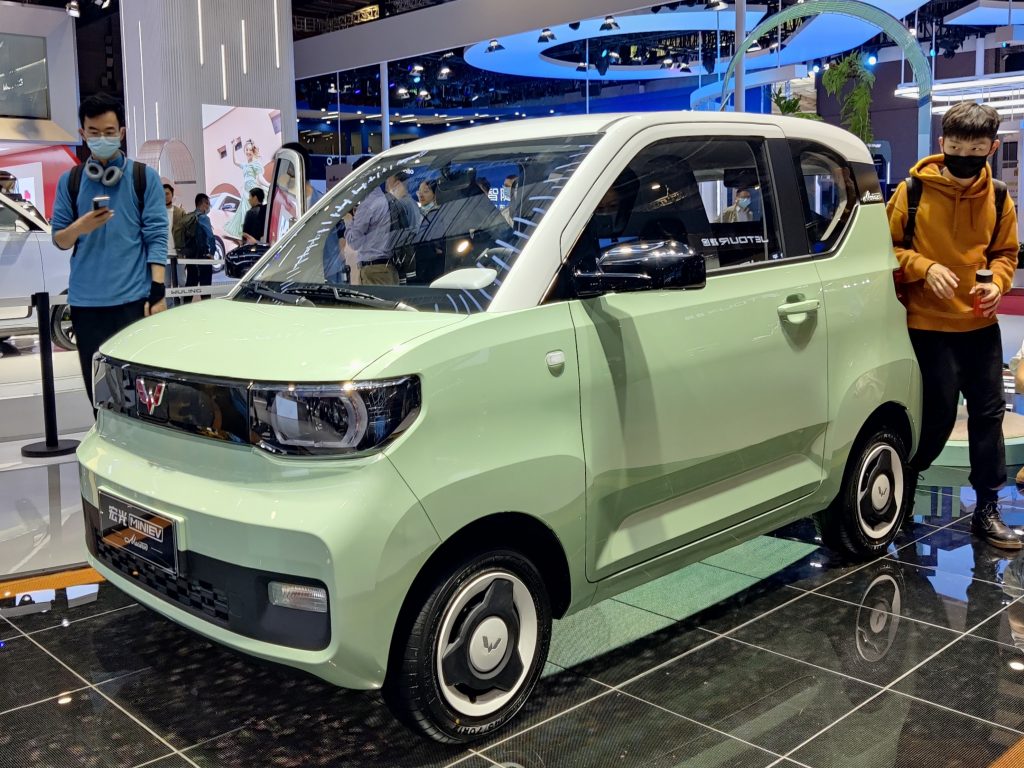A new JATO Dynamics report has highlighted that not enough is being done to produce affordable EVs across several markets.
While the pricing of EVs in China – the world’s largest market for EVs – has significantly fallen by almost half (47%) since 2011, US and European markets have seen EV prices rise over the same time period, by 38% and 28% respectively.
China’s success in producing affordable EVs comes down to a number of factors, including its government’s decision to invest heavily in the domestic market from as early as 2009. Today, consumers in China can buy a brand new EV for as little as €3,700. In stark contrast, the average retail price for an EV in the US continues to rise faster than any other major global market and now stands at €36,200, up from €26,200 in 2011.
Average retail prices today are highest in Europe. In May 2021, EVs were on average 52% more expensive than internal combustion engines (ICE) cars in the UK, and 54% more expensive in the Netherlands. In Germany, the average retail price of an EV is €39,755 compared to €36,979 for ICE vehicles. Norway is the only exception, where the average retail price for EVs is €44,500 compared to €53,000 for ICE cars.
China’s commitment to the development of affordable EVs has strengthened the market to such an extent that its government is now in the process of phasing out incentives, while OEMs in Europe and the US continue to rely on such schemes to boost their sales.
In the US, tax credits have accelerated the growth of the premium EV market, but failed to help lower income buyers purchase EVs with OEMs yet to develop a truly affordable EV offering. Prioritising environmental action in recent years, European governments have developed a range of incentivisation schemes including tax exemptions and purchase grants with varying success across the continent.
Unless manufacturers in Europe and the US find avenues to create more affordable EV offerings, they run the risk of losing their home market advantage to Chinese competitors, according to David Krajicek, CEO at JATO Dynamics.
“Governments and manufacturers have made significant progress over the last decade in expanding the EV market. However, the industry remains under pressure as it continues to adapt to the requirements of sustainability targets and shifting market forces,” he said. “The incentivisation of EVs has supported Western manufacturers seeking to expand their offering as consumer demand has evolved. However, the industry’s key players must start to address the price gap between EVs and ICE cars if they are to remain competitive with their peers in China.”
